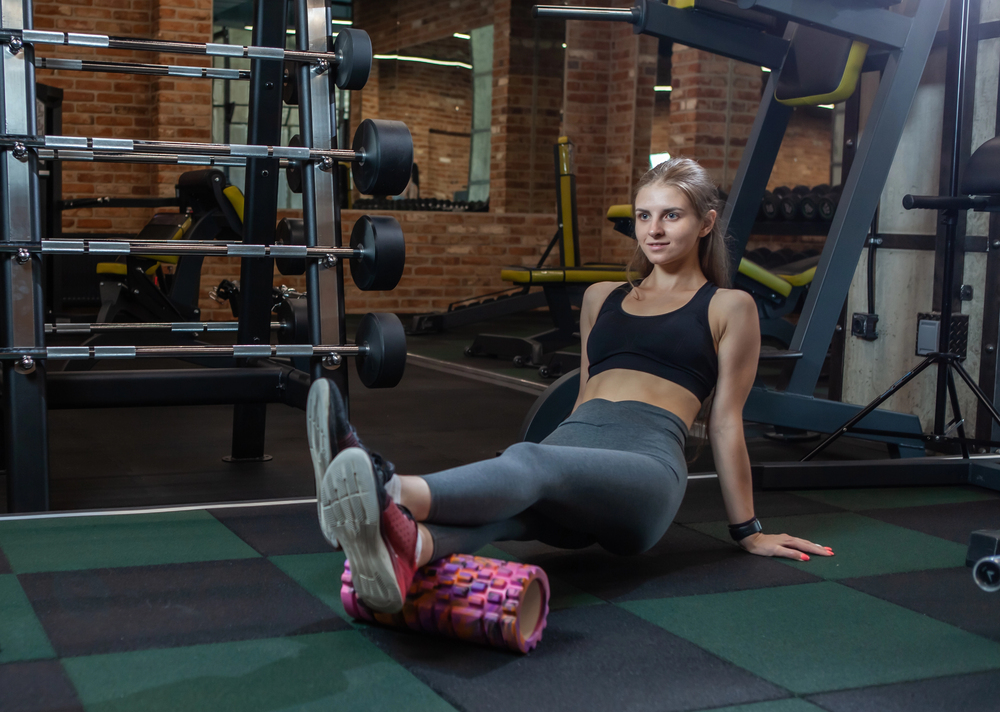
Curious about why some folks are devotees of barbells while others live and breathe resistance bands or bodyweight exercises? Strength training is an option playground, and selecting the ideal approach can be like choosing an ideal ice cream flavor thrilling, but overwhelming. Here’s the thing: There isn’t just one “best” way just the best way for you, for your goals, and for your lifestyle.
Whether you’re a gym rat wanting to level up or a newbie willing to get out of your comfort zone, knowing the pros (and idiosyncrasies) of each training approach can assist you in developing a routine that, you know, sticks. From old-school free weights to the latest high-tech bands and the wizardry of progressive overload, we break down the most effective strength training techniques along with the expert-supported science behind how and why they do.

1. Free Weights: The Gold Standard for Muscle Gains and Strength
Free weights dumbbells and barbells come to mind are the originals of resistance training. They allow you to move through a natural path of motion and compel your stabilizer muscles to get in on the action, which translates to more global muscle activation. As pointed out in a recent review, free weights are the best for developing raw strength and size, particularly when pursuing those progressive overload gains.
The sorcery occurs when you challenge your muscles out of their comfort zone whether through adding weight, adding reps, or both. The payoff? Ongoing muscle growth and strength gains. But remember: good form is essential to preventing injury and maximizing every lift.

2. Resistance Bands: Versatile, Joint-Friendly, and Travel-Ready
Resistance bands are the Swiss Army knife of strength training. Lightweight, affordable, and ideal for everything from warm-ups to mobile full-body workouts, bands have a 27-study meta-review showing that they can increase flexibility, endurance, and even upper-body strength making them a great asset for beginners or those rehabbing an injury.
Personal trainer Victoria Norris explains, “Resistance band training is great for beginners due to its affordability and versatility. They’re great for on-the-go training, too, helping maintain consistency.” While bands may not always match the muscle-building power of heavy weights, they’re a stellar option for maintaining strength, improving mobility, and adding variety to your routine.

3. Bodyweight Training: Accessible, Functional, and Surprisingly Effective
Pushups, pullups, squats—these timeless exercises employ your own body as weight, so they’re perfect for developing functional strength and coordination. Bodyweight exercises are a gentle introduction for novices, allowing you to learn movement patterns without the need for external load. As quoted in expert tutorials, bodyweight training can provide a strong foundation for strength, particularly if used together with progressive overload strategies such as adding reps or decreasing rest periods.
The good news? You can do them anywhere, without any fancy equipment. And when you get stronger, you can level up by throwing in resistance bands or weighted vests to keep it interesting.

4. Progressive Overload: The Secret Sauce for Consistent Gains
Regardless of which approach you use, it’s the principle of progressive overload that continues to grow your muscles and increase your strength. That is, getting your workouts progressively more difficult by adding weight, reps, sets, or even resting less. As fitness experts describe, “This weightlifting progression can help you gain strength, encourage muscle growth, and build endurance.”
Experts advise to boost your load or intensity by no more than 10% every week to prevent injury and burnout (Medical News Today). Monitor your progress and pay attention to your body because the real gains are when you push yourself just enough, week after week.

5. Training for Strength, Hypertrophy, or Endurance: Adapt Your Approach to Your Goal
Not all strength training is equal. Need to lift heavier? Train with low reps (1–6) and high weight, with extended rest periods, as detailed in recent analyses. Trying to build muscle size? High reps (8–15) and moderate weights are your best bet. For endurance and functional strength, use light weights and high reps (12+), with brief rest.
This customized method makes sure you’re not only working hard you’re working smart. As studies from PubMed Central demonstrate, these various styles cause specific adaptations in your nervous system and muscles, leading you to achieve your particular fitness goals more quickly.

6. Machines and Cables: Safe, Targeted, and Beginner-Friendly
Cable systems and weight machines provide a guided route for your lifts, so they’re a good bet for beginners or those recovering from injury. They’re ideal for isolating certain muscle groups and reducing the risk of poor form. Although they won’t activate as many stabilizer muscles as free weights, machines are great for rebuilding muscle and rehabilitation with specific targeting.
Use them to augment your bodyweight or free weight sessions, particularly when you need to concentrate on vulnerable areas or work on new patterns of movement without risking wobbling.

7. Compound vs. Isolation Exercises: The Power of Mixing It Up
Compound movements like squats, deadlifts, and bench presses work multiple muscle groups at once and are the backbone of any effective strength program. They’re efficient, functional, and deliver serious bang for your buck. Isolation exercises, such as bicep curls or leg extensions, are great for targeting specific muscles and adding definition.
The most intelligent routines do both: apply compound lifts for overall strength and isolation exercises to correct imbalances or shape specific areas. This dual approach keeps your training interesting and your gains consistent.

8. Periodization and Advanced Techniques: Breaking Through Plateaus
Once you’ve mastered the basics, advanced strategies like periodization (systematically varying your workouts) and techniques like drop sets or tempo training can help you bust through plateaus. According to fitness educators, mixing up your routine every few weeks prevents your body from adapting and keeps the gains coming.
Don’t be afraid to experiment just make sure you’re still prioritizing good form and recovery. Remember, more isn’t always better; smarter is.

9. Recovery, Nutrition, and Listening to Your Body: The Unsung Heroes
Muscle-building doesn’t occur in the gym it occurs during recovery. Sleep, good nutrition (particularly protein), and taking rest days are crucial to making progress. Everyone agrees that overtraining results in fatigue, injury, and halted results, so recovery must be an absolute component of your regimen.
And don’t be deaf to your body. If you’re tired or you feel lingering pains, it’s fine to slow down and let your body recover. Consistency and self-knowledge are what keep you strong in the long term.
There is no single solution in strength training, and that’s what’s so wonderful about it. By combining and swapping these tested techniques and keeping progressive overload firmly in your mind you can develop a routine as specialized as your objectives. So be adventurous, try new things, and delight in the process. Your strongest self awaits.


